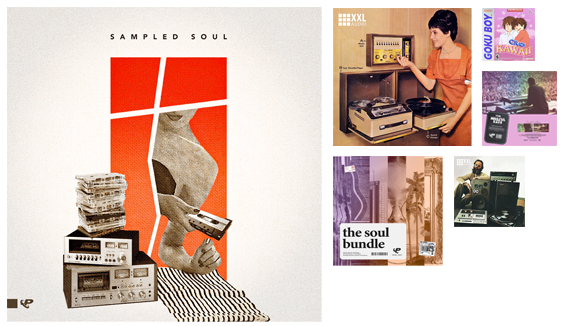Ah, the 90s - a time when curtains seemed like a good idea, VHS still had a place in the market and wild boy bands roamed the plains in search of 14-year-old girls to make money from. Yes, it was cheesy, and painful to hear at times, but sometimes you just can't shake those tracks from your head and there's no denying the catchiness and high production values that are intrinsic parts of it. So, what can we learn from it? What made Spears' snares snap? What made the Backstreet Boys' basses brilliant!?
Let's delve into the decade and have a look at what Britney and the B-boys can teach us to improve our tunes (well, Max Martin - he's the genius behind 90% of the production for chart music back then)...
Layer up Your Snares
Nothing punches like a 90s Pop snare drum. How do they get that power out of their percussion? Layering.
It's all about putting a decent low-end snare, perhaps having a powerful 200hz region, in combination with a wider clap, then finally a snappier snare that has that rimshot-esque sound to it. Mix to taste and then with a bit of EQ-ing to bring out that low-mid range, perhaps a small amount of distortion to bring all the layers together a bit more, you'll have a recipe for a brilliantly punchy snare!
Bass Layering can be Very Powerful
While you do have to be careful when using multiple bass sounds simultaneously in order to stop the mix getting muddy, have a listen to some of Britney's basslines and you'll hear a low piano, an orchestra hit, perhaps a synth with a decent high end click and the occasional bit of slap bass popping up. So why does it work?
While each layer is played on the bass note, not all of the sounds are focused in that frequency - in the instance above, the low piano deals with the low frequencies, but a strong high-end click punches at the start of the sound. The orchestra hit fills the mid-high range, the synth has a prominent trebley click to accompany the piano and the slap bass generally pops up to add a bit of variety to the bass of the track. The result? A seriously driving instrumentation that is perfect for adding catchy vocals to!
Filtering Vocals

Throw a quick bandpass filter on top of some vocals in one section of the song to make it stand out from the rest - in fact, using different vocal effects, harmonies and prominent double-tracking can all help to separate the sections of your song!
Filtering is great on delay as well - by cutting below 1khz, you can achieve that echoey feel without cluttering up the mix if you have a lot of lyrics in a small space!
One Hook is Not Enough!
Listen to any 90s pop song and chances are you'll be singing along with more than just the chorus - every vocal section is designed to be memorable, not just the hard-hitting chorus!
This can be applied to instrumental music as well - don't just rely on one riff to carry a song, try alternating between a few riffs and sounds to give variety and extra catchiness to the song!
Acoustic Guitar is a Great Lead Instrument

With a powerful attack and plenty of good samples about, you can use some plucked guitar riffs to sit in the mix without muddying up the powerful low end; resulting in a driving, yet catchy mix!

 Throw a quick bandpass filter on top of some vocals in one section of the song to make it stand out from the rest - in fact, using different vocal effects, harmonies and prominent double-tracking can all help to separate the sections of your song!
Throw a quick bandpass filter on top of some vocals in one section of the song to make it stand out from the rest - in fact, using different vocal effects, harmonies and prominent double-tracking can all help to separate the sections of your song! With a powerful attack and plenty of good samples about, you can use some plucked guitar riffs to sit in the mix without muddying up the powerful low end; resulting in a driving, yet catchy mix!
With a powerful attack and plenty of good samples about, you can use some plucked guitar riffs to sit in the mix without muddying up the powerful low end; resulting in a driving, yet catchy mix!